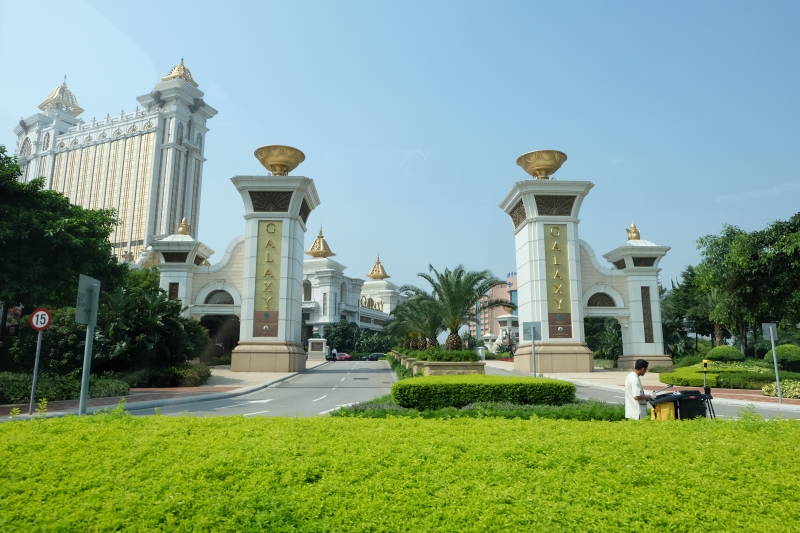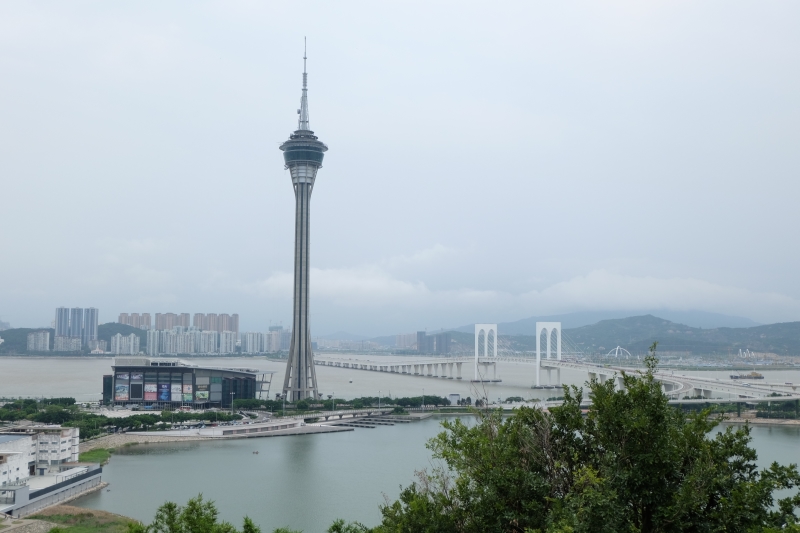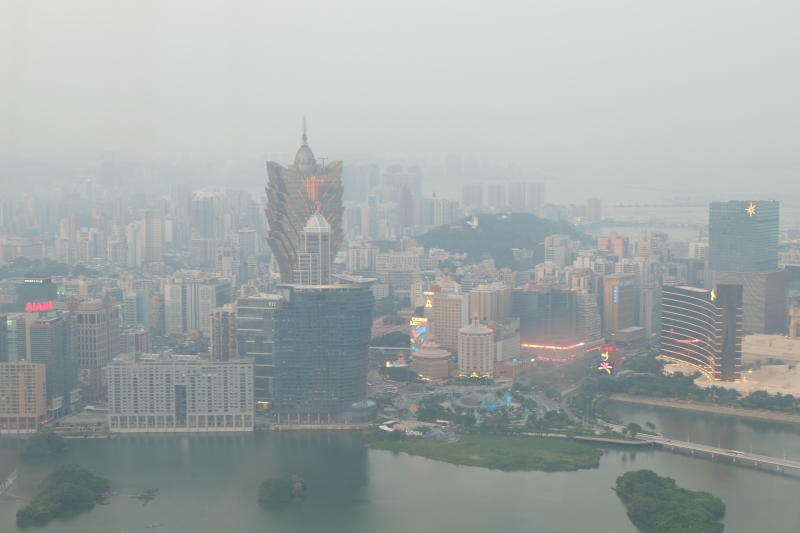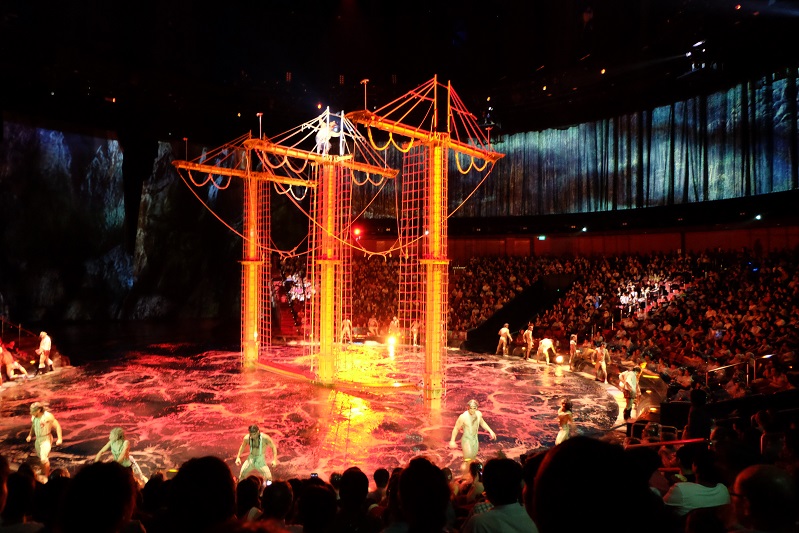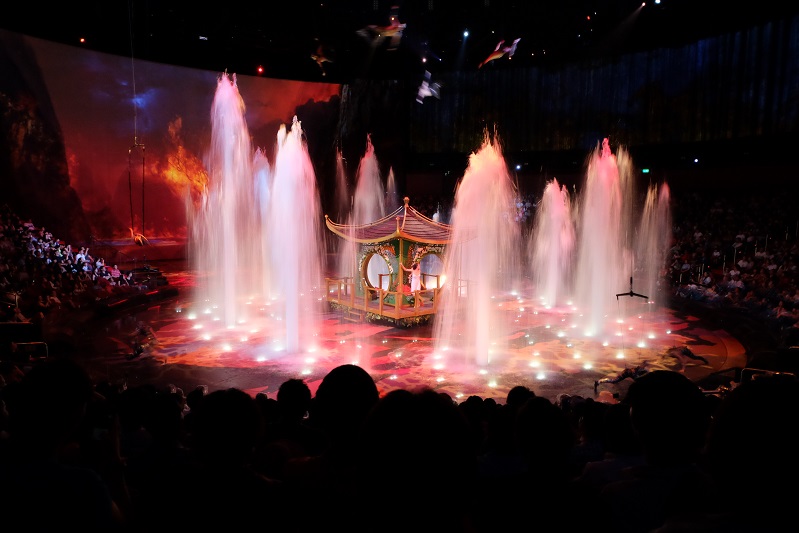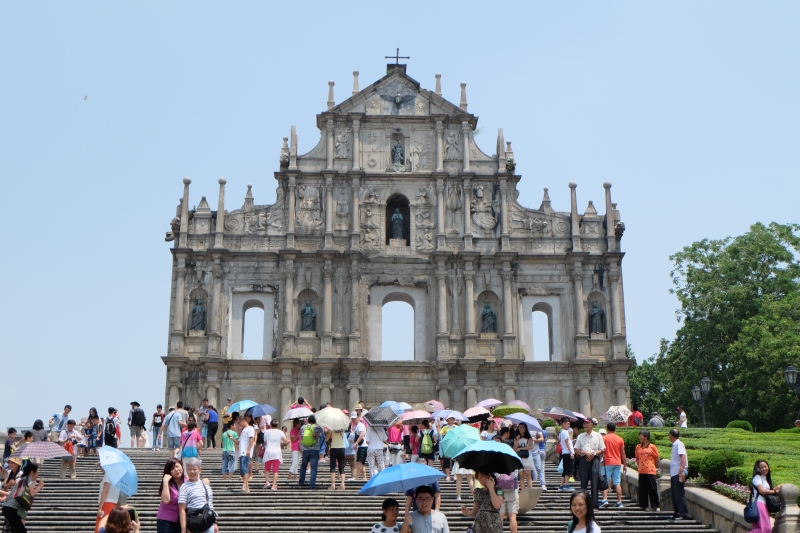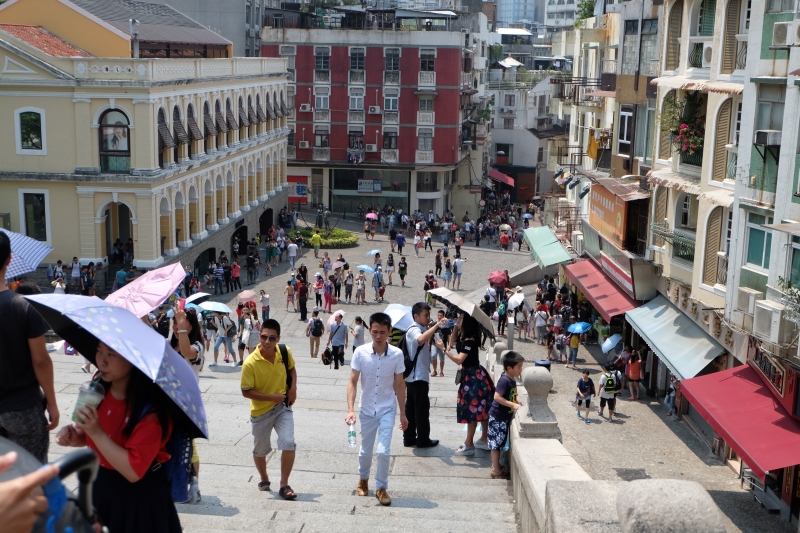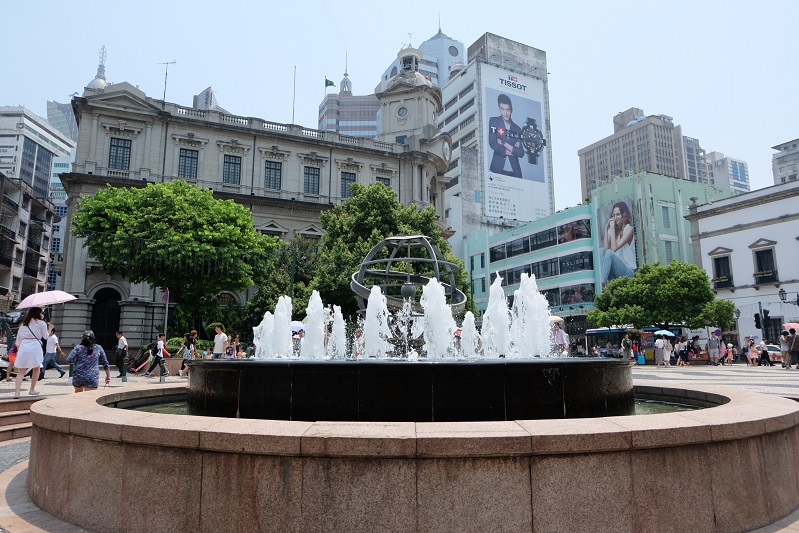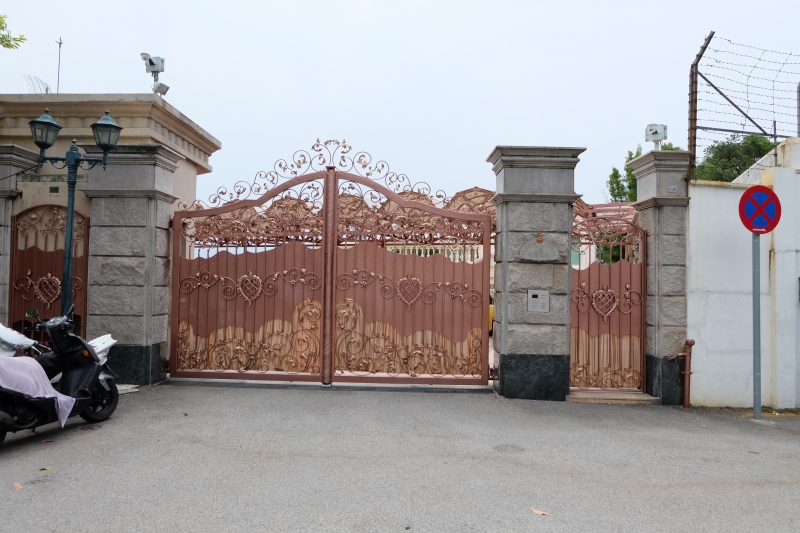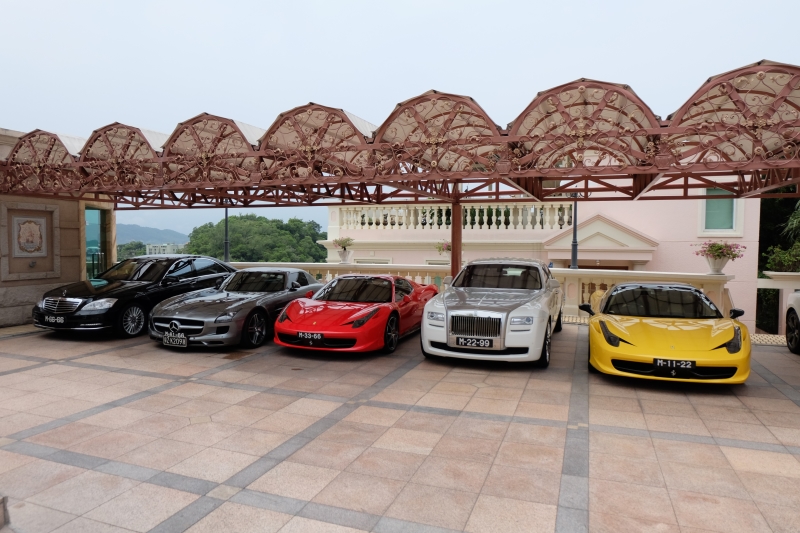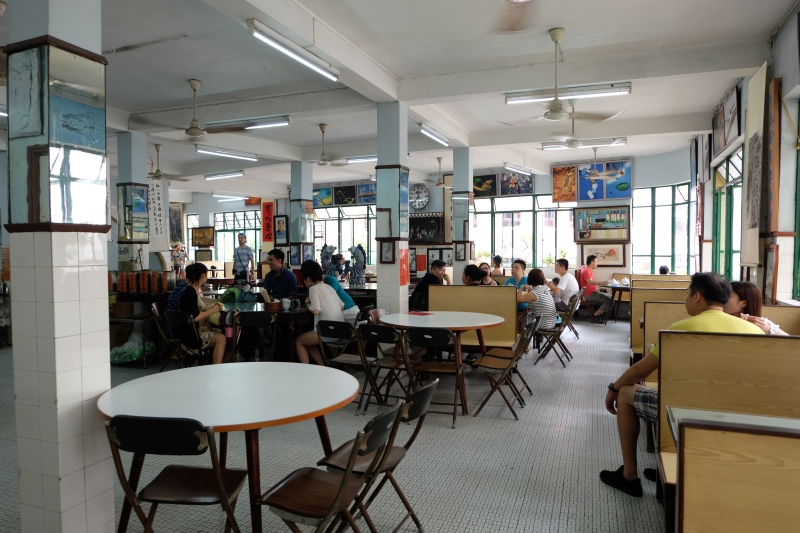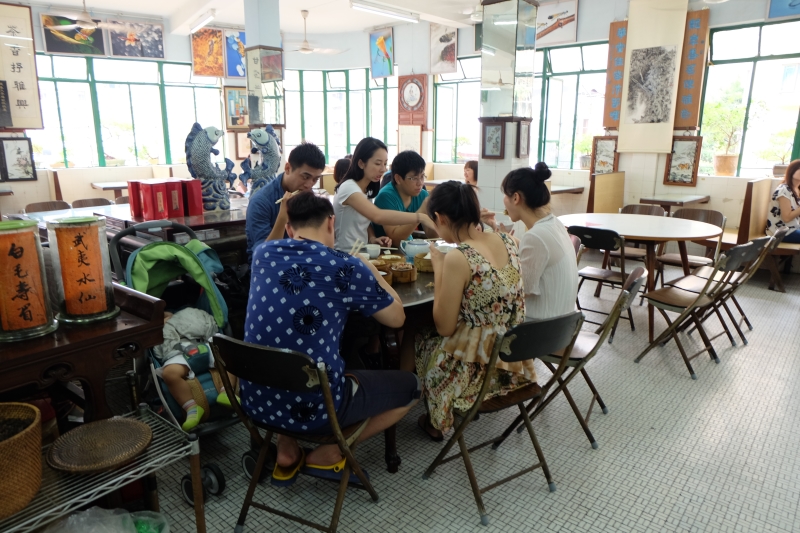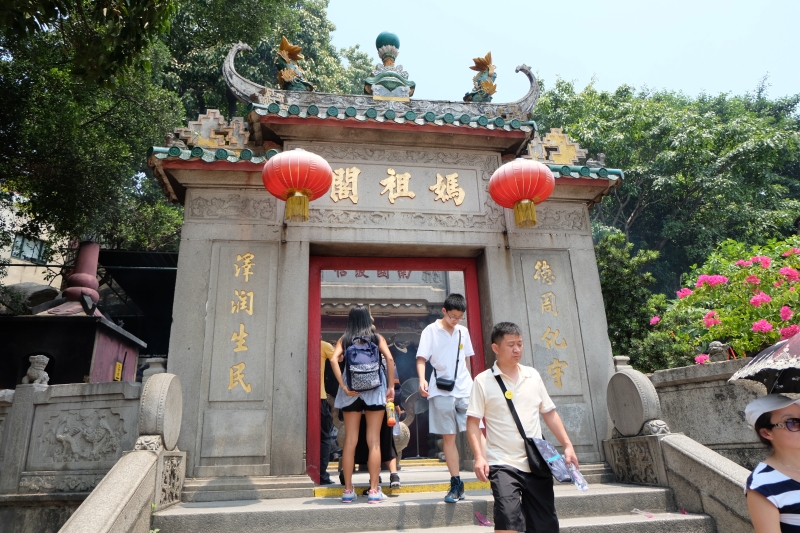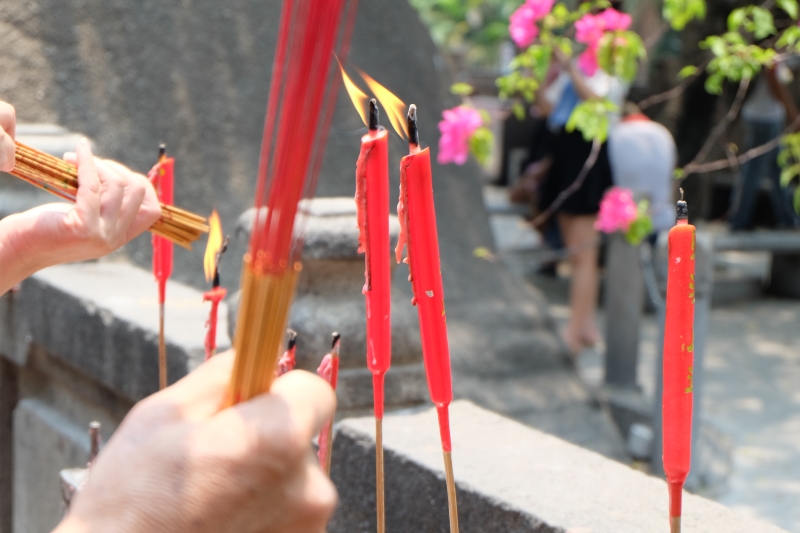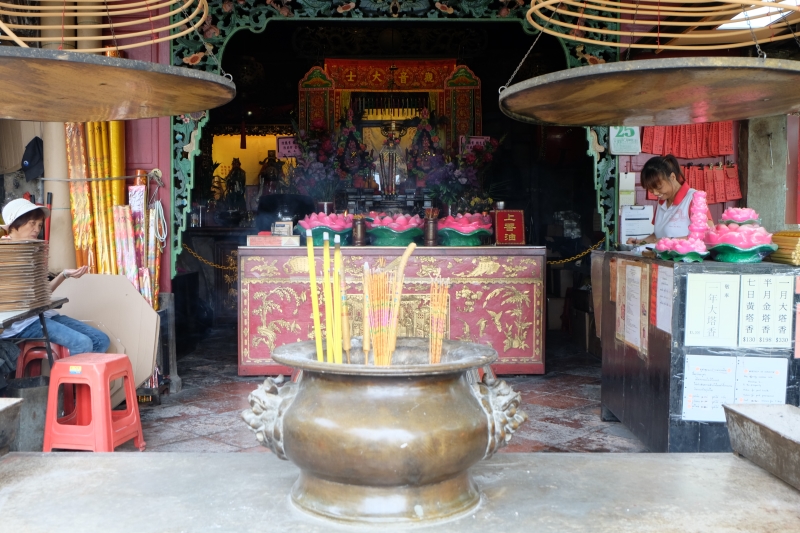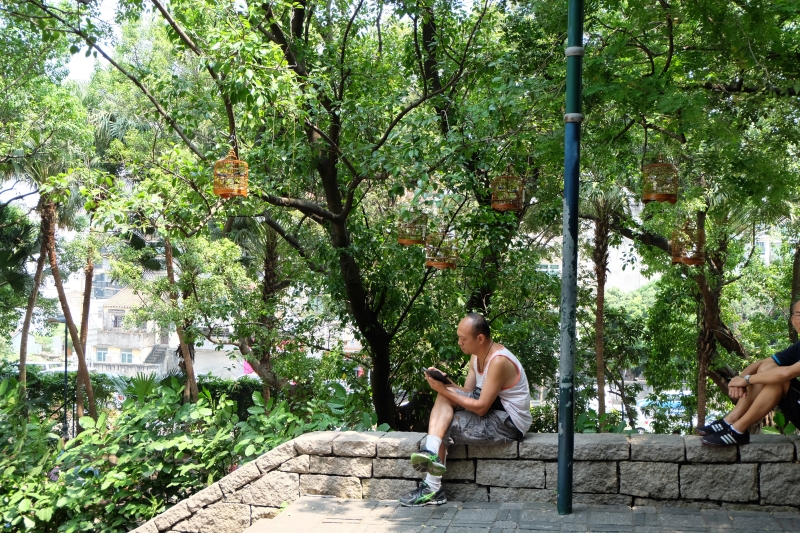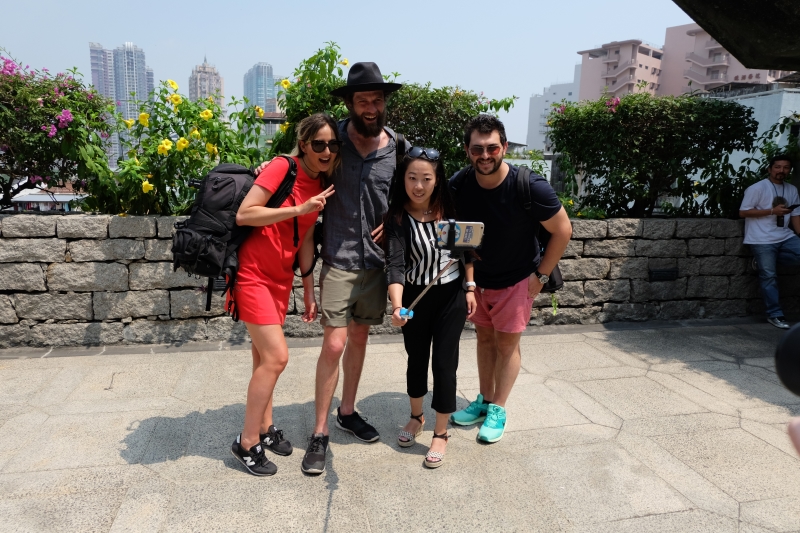MACAU | Mention Macau to most people and the thoughts that come to mind are of glitz, casinos and the “Monte Carlo of the Orient”. There is, however, much more to Macau than just bright lights and money (although both are in abundance) as I discovered during my recent trip there where I was hosted by Cathay Pacific and Macau Tourism. Over 2 days in Macau I saw 3 very different sides to this amazing city.
Vegas, Baby
There’s no denying that gaming is a major part of the economy of Macau so this aspect seems like a sensible place to start. Macau used to be made up of the city of Macau itself, as well as the islands of Taipa and Coloane. As has occured in many of the small island countries in Asia a growing population combined with a lack of space have lead to extensive reclamation of land from the sea. In the case of Macau this resulted in the creation of the Cotai Strip, which is where you will find a large proportion of Macau’s vast casino network.
Although gambling has been legal in Macau since the 1850s, the real explosion in the gaming industry occurred when the ‘new money’ began to flood into the country in the early 2000s following the return of Macau to Chinese rule. According to our guide, the owners of the Sands Macao (which is one of the first things that you see as you approach the ferry terminal on the Turbojet) made their investment back within 6 months and then proceeded to build the Venetian Macao which is the largest casino in the world and comes complete with an indoor canal and replica of the Rialto bridge, just like the one in Las Vegas.
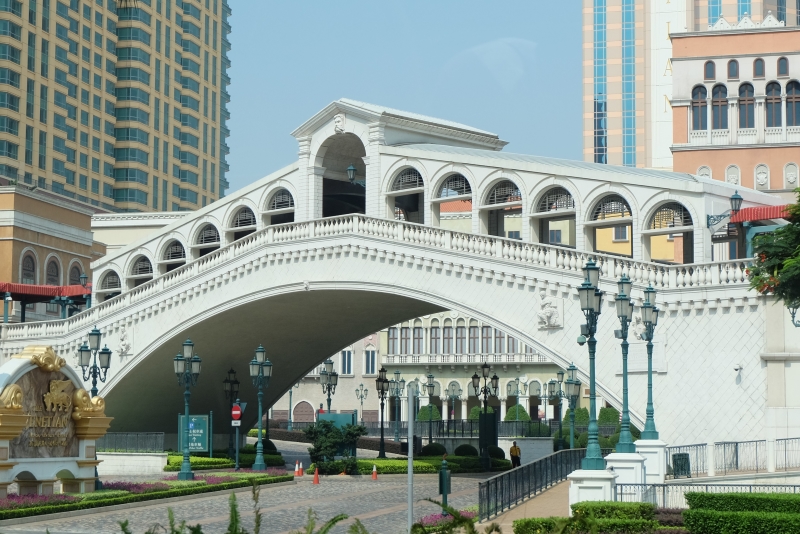
More generally for virtually every casino on the Vegas strip there is an equivalent in Macau, from the MGM Grand, to a Parisian (which was under construction when I visited) to a Wynn’s which has a Bellagio-style water fountain show every evening.
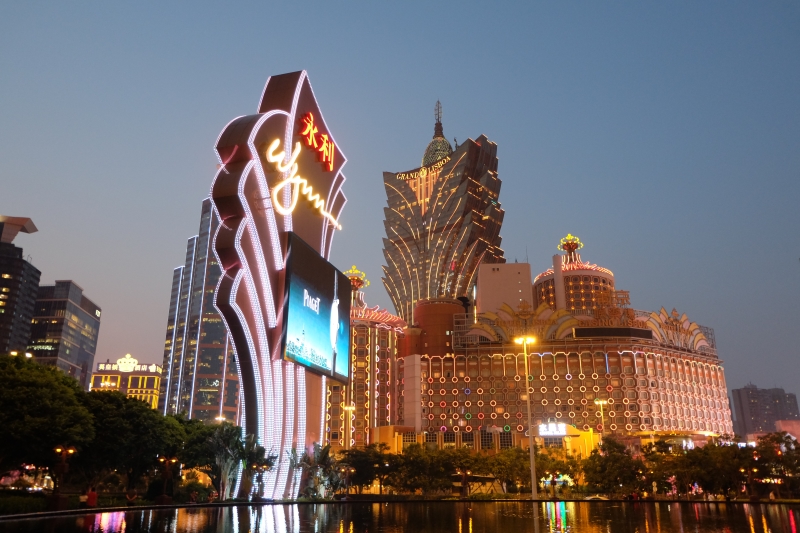
Also common in Macau is the concept of “one gateway, many doors” which refers to the arrangement where a single hotel group will have multiple properties all of which can be accessed from the same portal. An example of this is the prominent Galaxy Macau which also provides access to the Banyan Tree and Okura hotels.
At the other end of the main bridge connecting Taipa to the city is the iconic Grand Lisboa hotel and also Macau Tower which offers visitors the opportunity to partake in the highest bungee jump in the world at 233 metres above the ground.
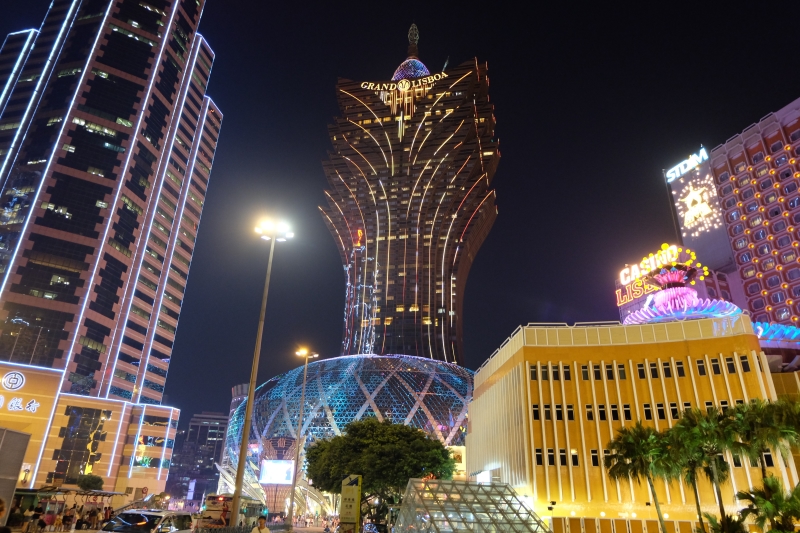
I wasn’t game to take on the bungee jump but I did get to enjoy some amazing views of the city from the sky deck.
Macau even has it’s own take on the Cirque du Soleil shows which are prevalent in Vegas hotels and on our first night we were fortunate enough to go and see The House of Dancing Water show at the City of Dreams which was probably one of the best performances I have seen both in terms of the amazing skills of the performers and the complexity and intricacy of the sets.
The Old City
Any students of history, or anyone who has read The City Lane’s Macau Food Guide, will be aware that Macau was once a Portuguese colony. Reflecting this, much of the original European architecture and general feel still exists in the old city area on the main peninsula which stands in stark contrast to the bright lights of the casino precinct.
The most obvious example of this is the Ruins of St Paul’s, which is the site of a former cathedral which was the largest Catholic church in East Asia when it was completed in 1637 but was destroyed by a typhoon in 1835, leaving only the stone frontage which sits atop Macau’s equivalent of Rome’s Spanish Steps. This building is also interesting as it was one of the few from the Portuguese era which was built from stone – the philosophy was that Macau was ‘on loan’ from China so many of the other buildings constructed by the Portuguese were made from more temporary materials.
Under Portuguese rule Catholicism became the one of the main religious faiths in Macau, along with Buddhism, and to this day the Cathedral of Macau (also known as the Cathedral of the Birth of Virgin Mary) still stands and is in active use. This was another good example of European-style architecture in the old city.
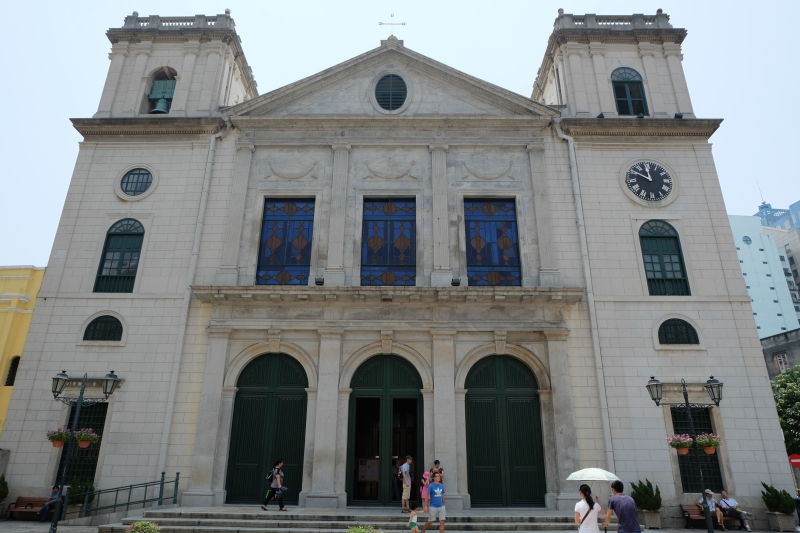
The staircase down from St Paul’s is always heavily populated by both tourists and locals and is flanked on one side by a series of food stalls were you can grab a pork chop bun or a few egg tarts to power your walk around the city (also be sure to carry plenty of water as it can often be hot and humid).
The bottom of the staircase leads to a maze of streets and alleys that are an interesting juxtaposition of European styling with Asian culture (and in particular food) – there is even a shop that uses Hello Kitty to advertise a range of sweet snacks.
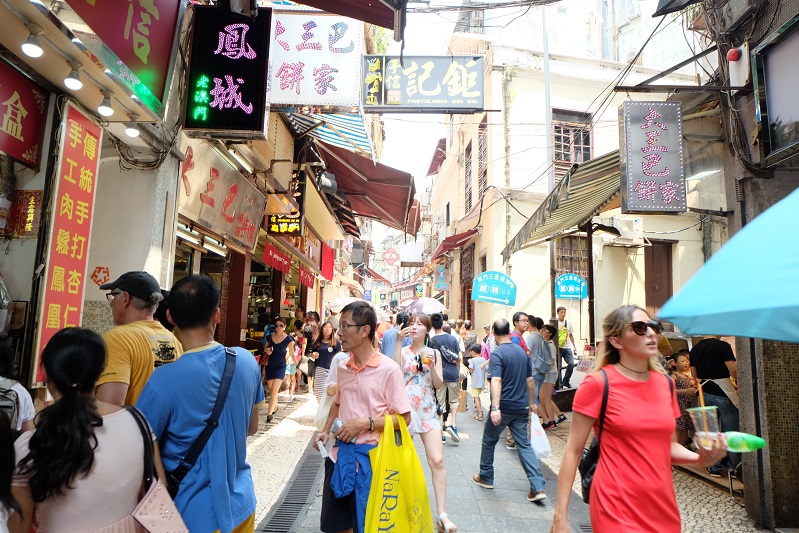
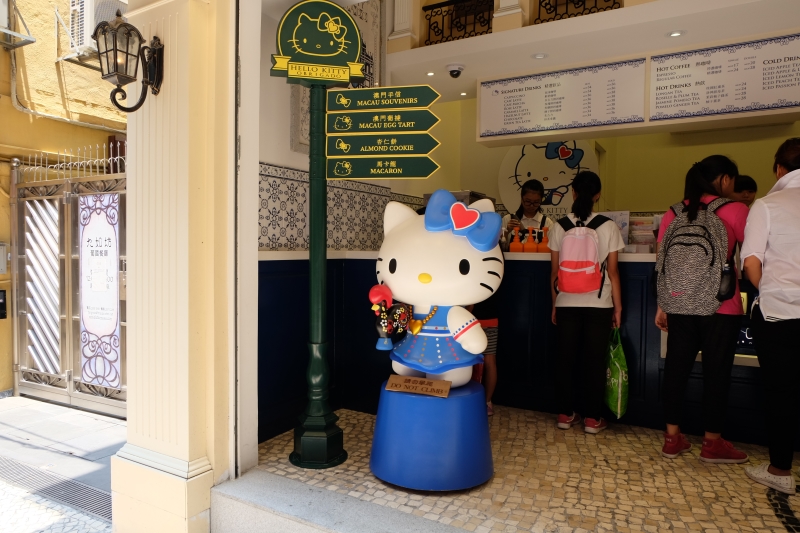
All roads (almost) eventually lead to Senado Square which lies in the middle of the old city and whose iconic fountain provides a handy meeting spot for groups unfamiliar with the city.
Away from Senado Square the area south of the old city features cobblestone streets (and the same street sights being used by Hello Kitty) and lots of little side lanes to explore which again reminded me of my travels in Europe.
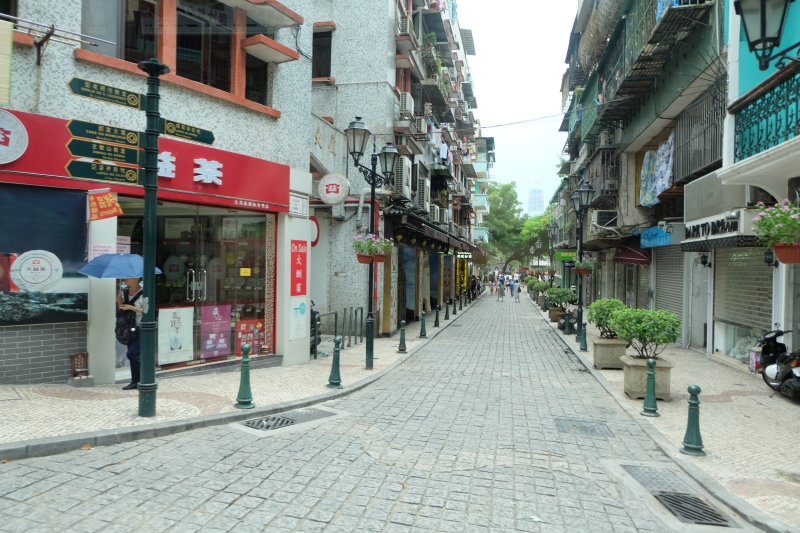
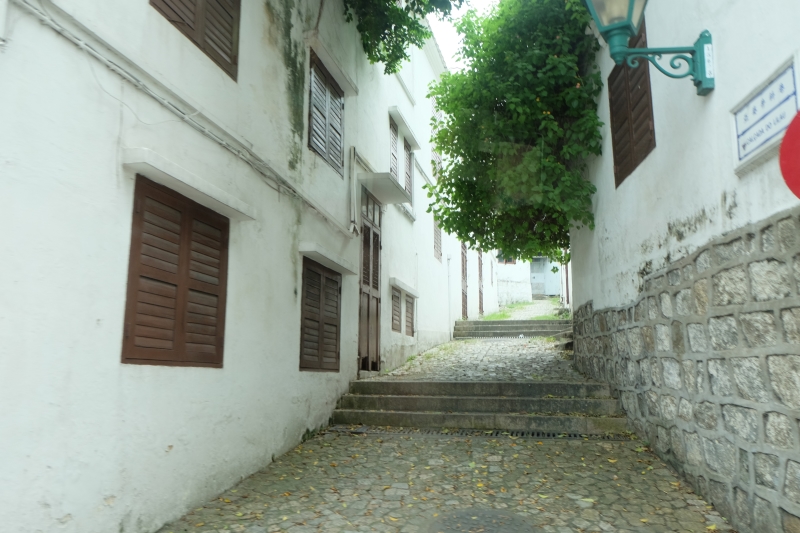
Walking the back streets of the old city at night really hammered home just how much Macau has changed since the end of Portuguese rule (which was only just over 15 years ago) and made me really appreciate the fact that the old city has been so well preserved and the feel maintained.
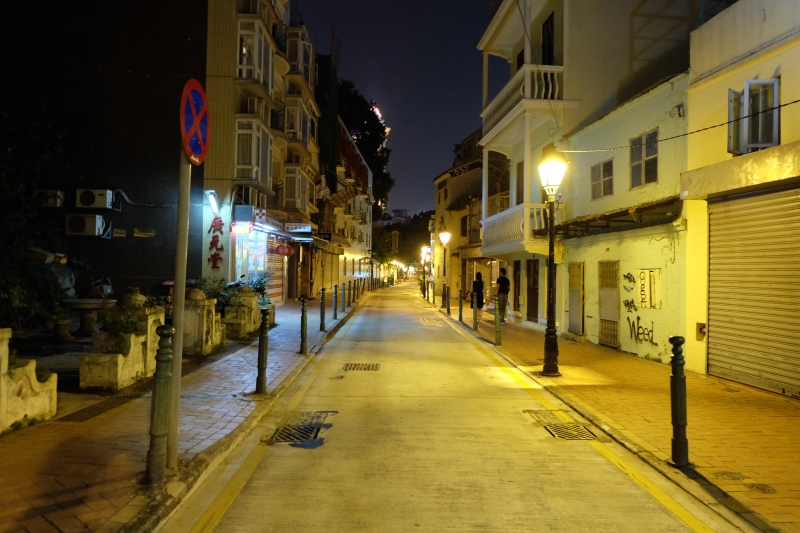
The Baijiaoting Library (Chinese Pavilion Library) located in the middle of the old city was the first official library built in Macau in the early 1900s to help promote literacy. Today it continues to serve as a library, largely offering newspapers and magazines to visitors.
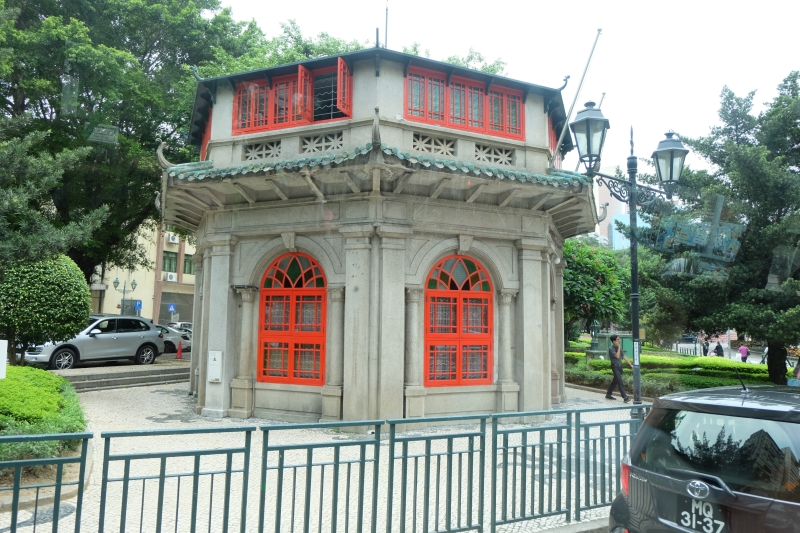
From the top of the Macau Museum, just next to St Paul’s, you can get a great aerial view over the old city and in particular the apartment blocks that rise above the European-styling at street level and look more like Singapore or Hong Kong from the 1970s/1980s.
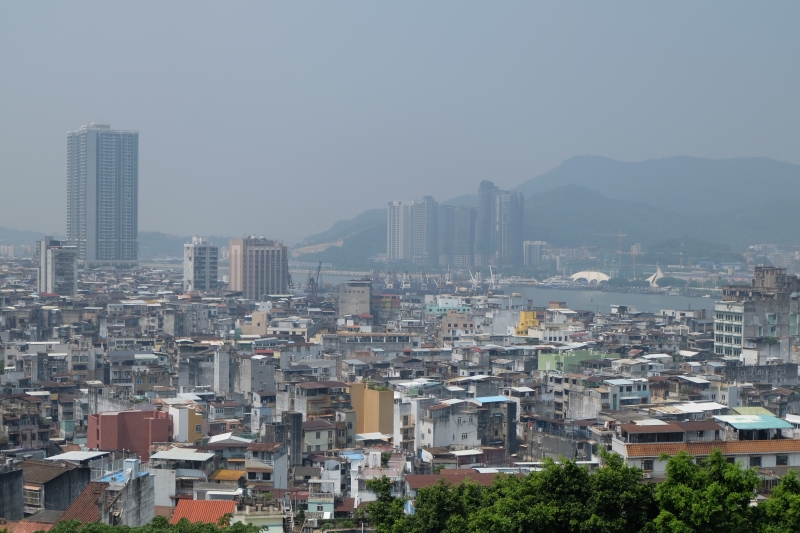
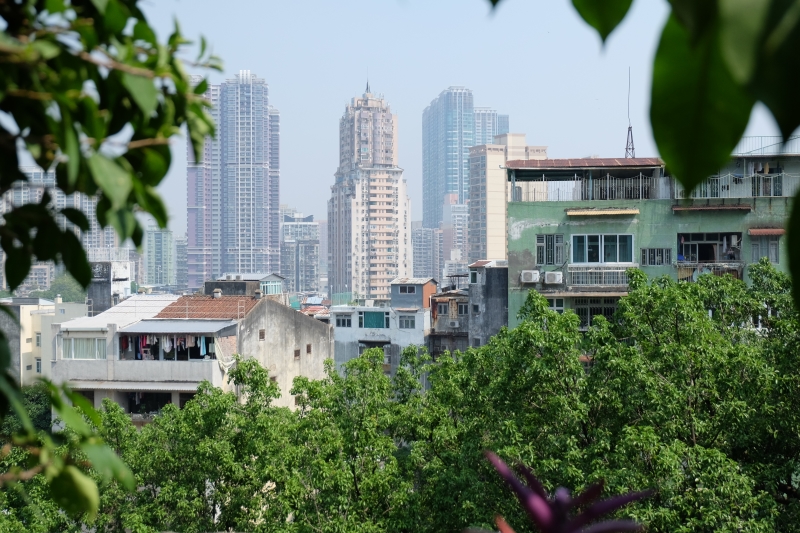
From the ground you can get a closer look at the same buildings and see the interesting blend of Asian-style high density housing with the European window shutters and other fittings.
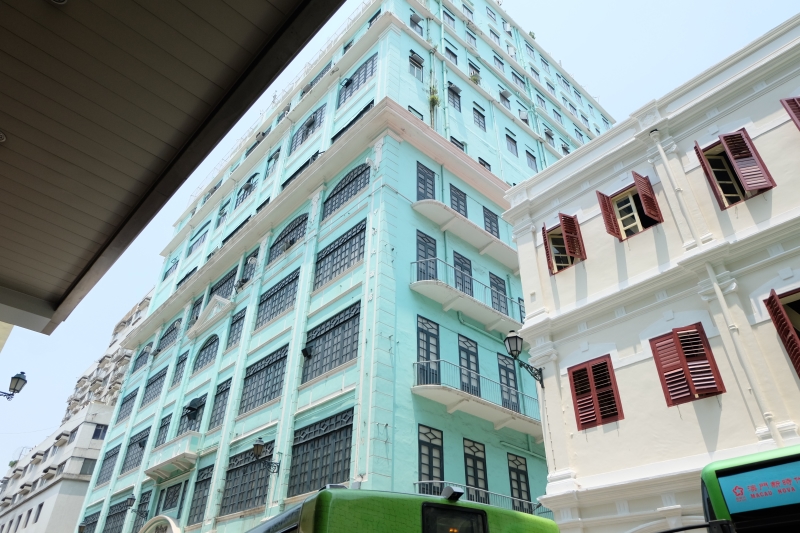
Contrasting against the apartments where the ‘common man’ lives in Macau is a hilly area overlooking Sai Van Lake which was described to us as the ‘Hollywood Hills’ of Macau. From up on the hill you can see Macau Government House which served as the residence of the Governor of Macau until 1999 and since then as the state guest house of the Chief Executive of Macau.
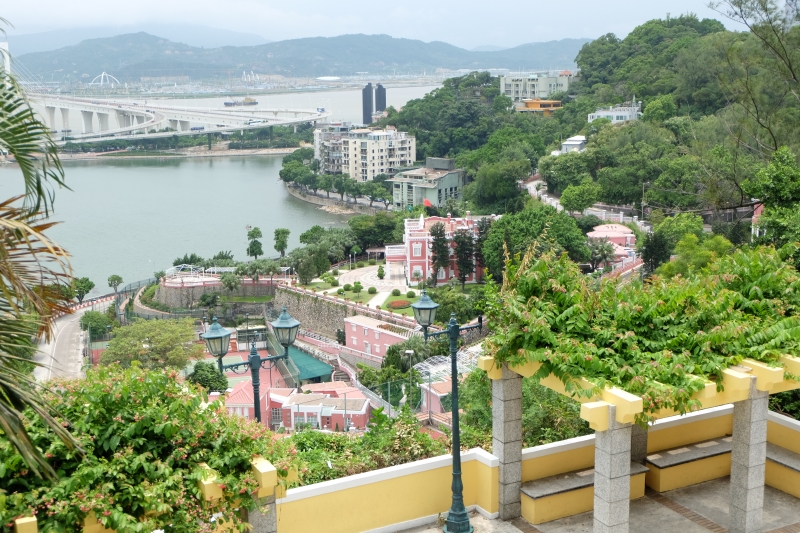
In this area I also came across the ‘Dragon Villa’ where I got my first glimpse of the significant wealth of the individuals living in the area – I just managed to get a snap of the cars below over the imposing gate before the security guard noticed.
Livin’ La Vida Local
Last, but certainly not least, we should remember that 95% of the population of Macau is of Chinese origin and therefore that the Chinese influence has also had an important part in shaping the look and feel of Macau. On the last day of our visit we were taken to areas that locals would frequent to get a better feel for daily life in Macau.
To the north of the old city is the ‘Red Market’ – so called because of the colour of its exterior and also the fact that the name of the street it is on is very complicated to pronounce – where locals will go to do their regular food shopping.
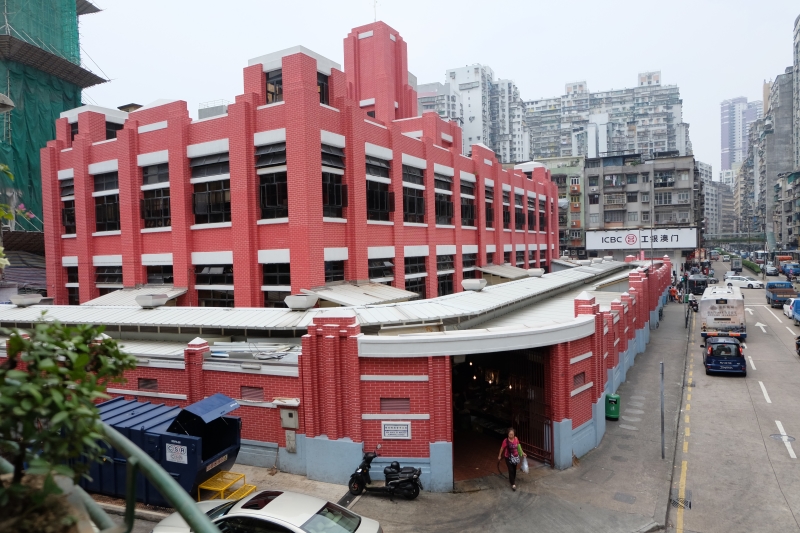
The market is a wet market (which means that live animals are available for sale) similar to the ones that you would find in Hong Kong and other Asian countries. This said, no matter how many times you have seen it before, seeing a vendor cut the head off a chicken in front of you doesn’t become any less confronting. I’ve spared you pictures of such things but the gentleman below was kind enough to pose for a photo in between scaling fish.
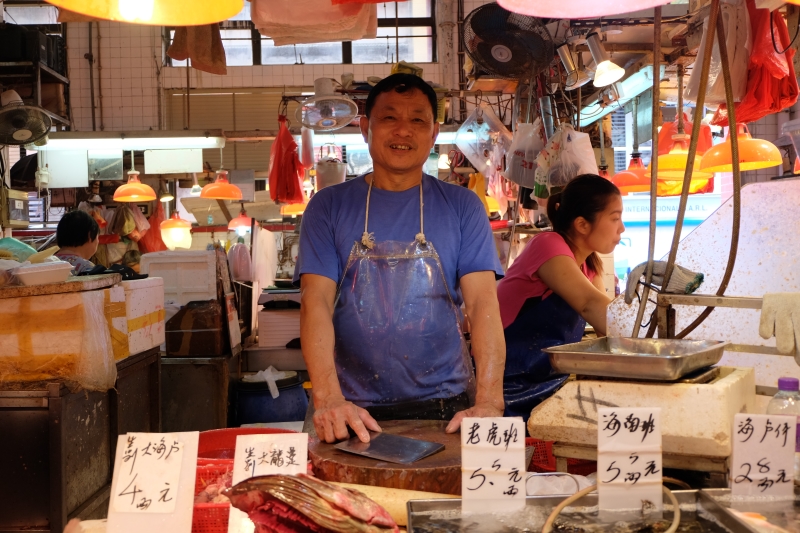
Despite the somewhat bloody nature of some parts of the market the place generally had a great vibe and it was to be immersed amongst people going about their daily business. There is also a ‘dry’ section of the market where dried meat and vegetables can be bought.
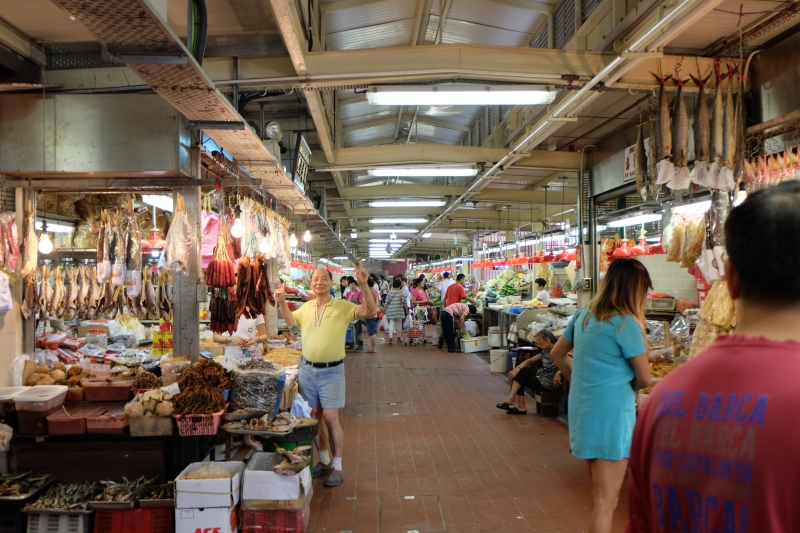
Just outside the Red Market are more street stalls which focus more on fruit and also clothes and other various items.
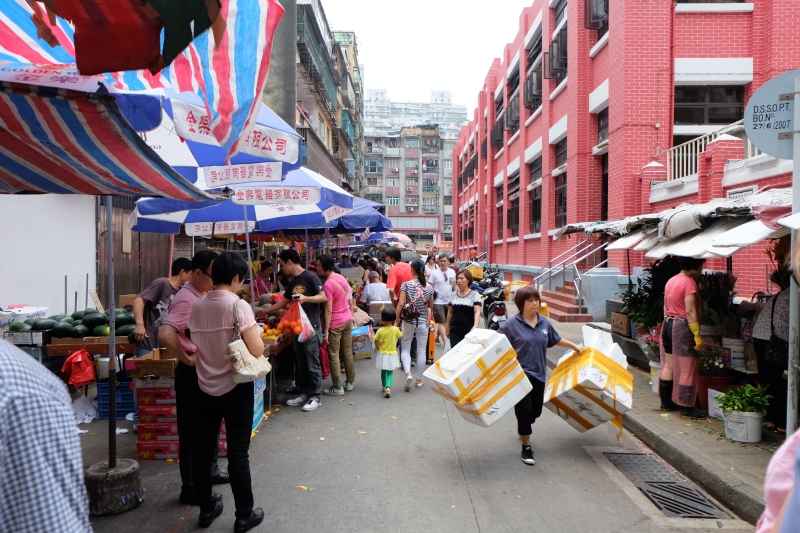
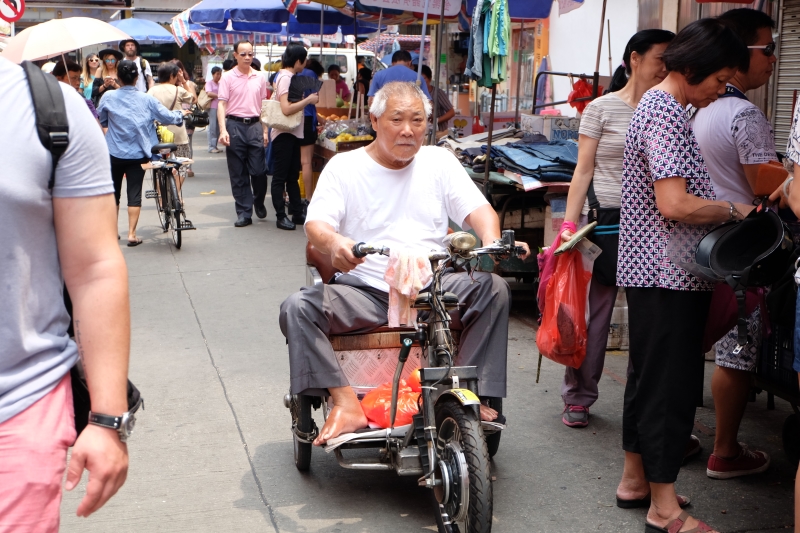
Just next to the Red Market is a tea house that serves traditional Cantonese-style dim sum. When we visited there were a number of local families having lunch in a casual setting. Like the market, this place also has a very ‘Asian’ feel to it (complete with a painting of Chairman Mao on the wall) which is very different to the Portuguese and Macanese restaurants that we covered in our Macau Food Guide.
The streets near the Red Market contain yet more street markets with opportunities to try street food ranging from a Macanese take on bubble tea, to various fried treats and the sour pig ear that was described in our Macau Food Guide.
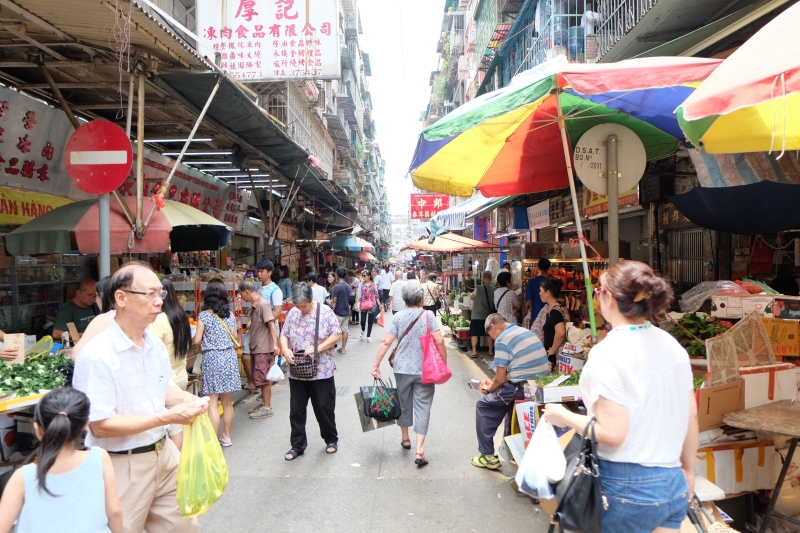
As we left the market area in our minibus we got a glimpse of the locals on their way to work on scooters which are a very popular mode of transport due to the narrowness of the streets in much of the city.
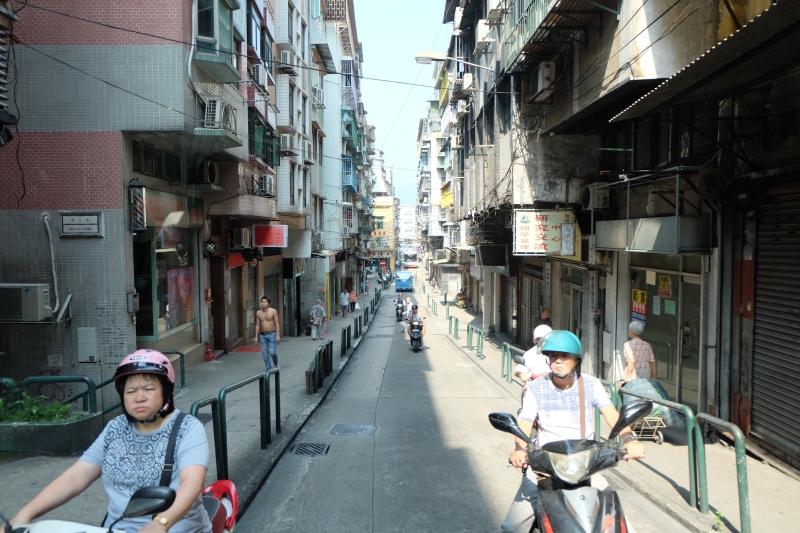
At the other end of the city we arrived at the A-Ma temple which is a place of worship that recognises Mazu, the sacred goddess of the sea. She is said to provide protection to fishermen and it is said that fishing boats will pray to the temple as they sail past.
Inside the temple locals pay respect to both the goddess and their ancestors by burning incense and also paper offerings that represent valuables at traditional altars. The serenity and respect of this place was probably the strongest contrast of all against the lights and glamour of the casino district (although the wet market was a close second!).
The Macanese are not without their sense of humour and near the temple was a series of wall panels featuring street art, one of which took a shot at the tendency of mainland Chinese to spit on the ground in public.
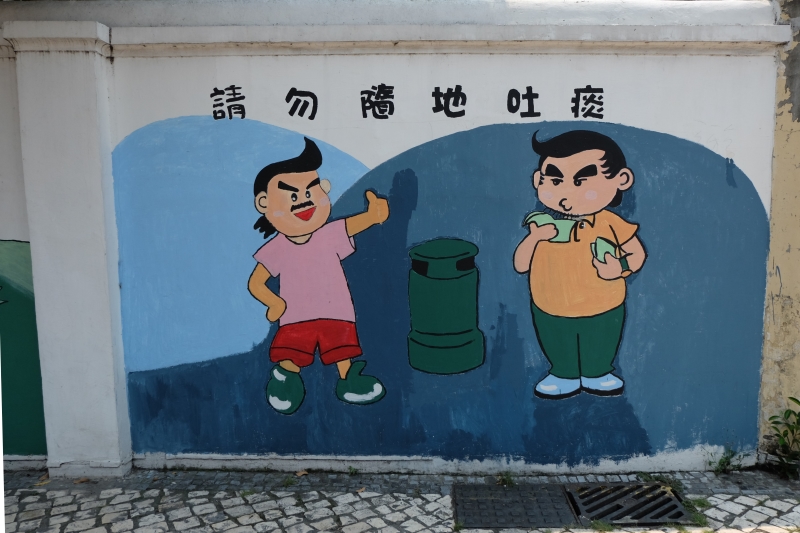
Finally, back just outside the Macau Museum we found a nice little spot where locals gather to relax, read and take their pet birds out to ‘talk’ to other local birds.
Just as we were about to leave a young lady asked if she could take a ‘selfie’ with some of our party and after so many Macanese had allowed (or possibly more accurately tolerated) us to take photos of them we could hardly refuse! On the left are Dom and Meghan from Citizens of the World and on the right is Khalil from Food Porn – I couldn’t have asked for any more amazing and fun group of people to share my experience in Macau with.
My visit to Macau was a real eye-opener for me and completely shattered my perception that Macau is simply a gaming city. I hope that you have enjoyed reading about my brief experience in Macau – I will certainly be back and I hope this has encouraged you to head over if you haven’t already. If you want to visit Macau and haven’t yet booked your transportation, we highly recommend using Cathay Pacific to search for flights to Hong Kong. From Hong Kong International Airport you can transfer directly to the Turbojet ferry to Macau which takes about an hour – you don’t even need to collect your luggage which is transferred directly to the ferry as you clear customs in Macau.
If you’re from Macau or have visited we’d love to hear any recommendations of places to visit/see that you have in the comments below.


